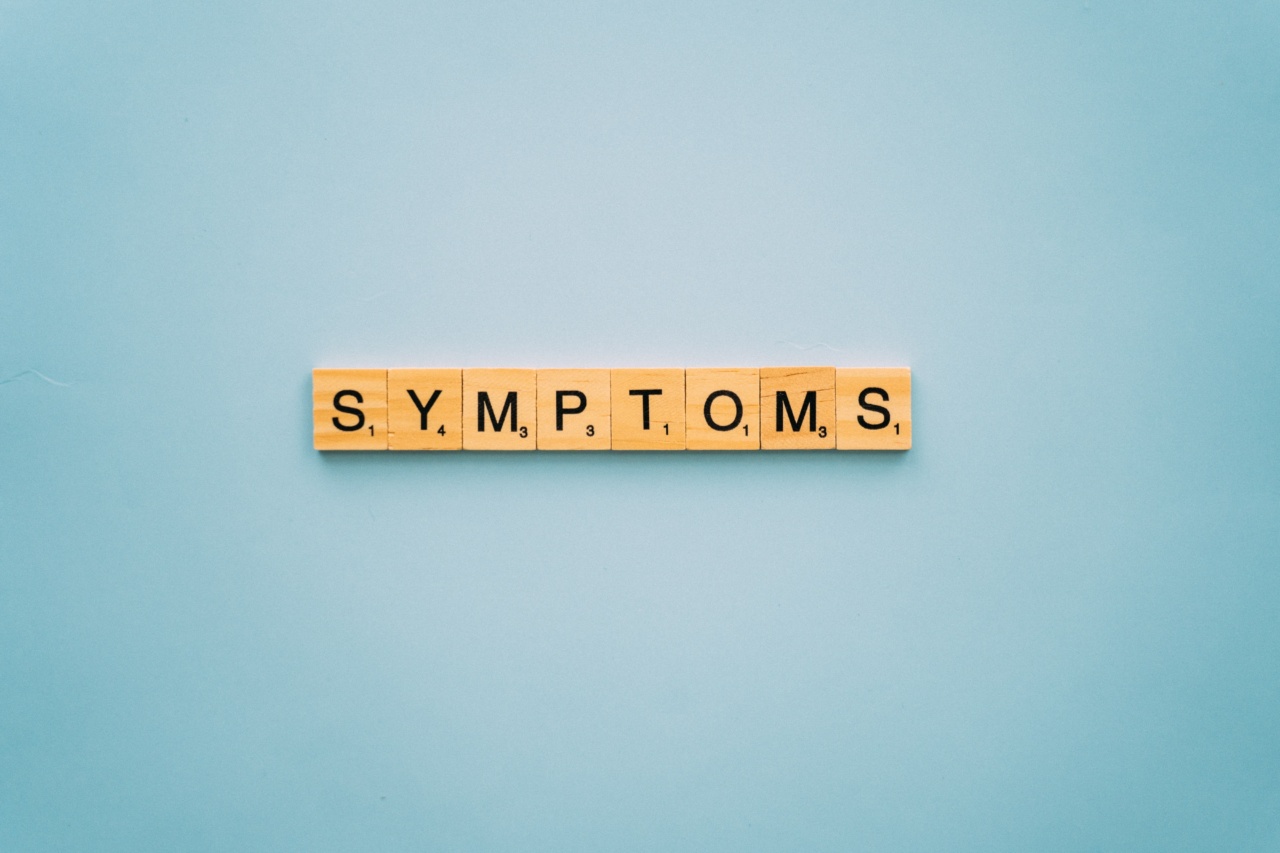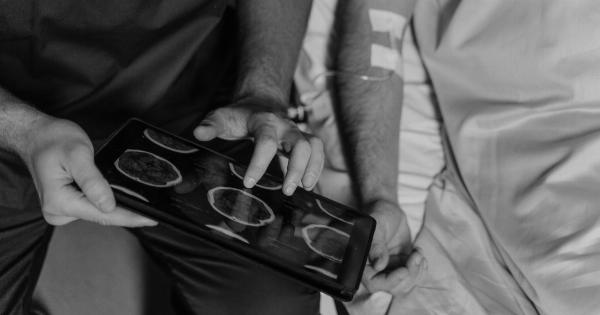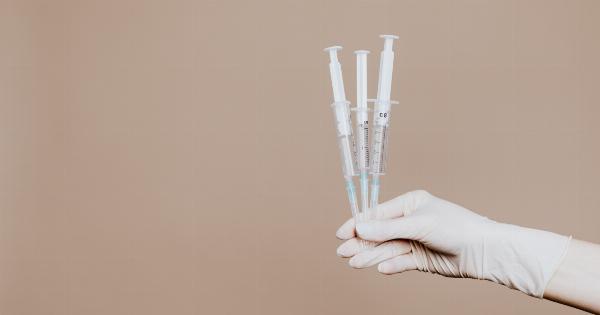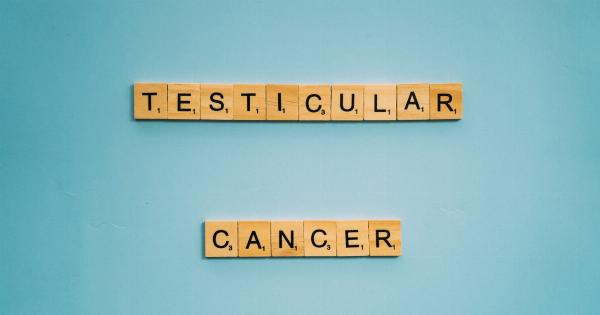Testicular atrophy is a medical term that describes the shrinking of the testicles or reduction in testicular volume. This condition occurs when the testicles stop functioning properly.
Testicular atrophy is a serious condition that may lead to infertility in men.
Causes of Testicular Atrophy
The causes of testicular atrophy are thought to be multifactorial. Some of the potential causes of testicular atrophy include:.
- Varicoceles (abnormal swelling of the veins in the scrotum)
- Infections such as orchitis or epididymitis
- Injury to the testicles
- Testicular torsion
- Testicular cancer or cancer treatment (e.g., radiation or chemotherapy)
- Endocrine disorders such as hypogonadism or thyroid problems
- Malnutrition or prolonged use of steroids or certain medications
- Ageing or hormonal imbalances
Signs and Symptoms of Testicular Atrophy
Testicular atrophy may not initially result in any visible symptoms. However, as the condition progresses, the following signs and symptoms may manifest:.
- Shrinking or reduction in the size of the testicles
- An unusually soft or spongy feel of the testicles
- A feeling of heaviness in the scrotum
- Low sperm count or infertility
- Reduced libido or erectile dysfunction
- Gynecomastia or the development of breast tissue in males.
- Hypogonadism or the absence, delay or interruption of puberty
Diagnostic Tests for Testicular Atrophy
If you notice any of these signs and symptoms of testicular atrophy, it is vital to visit your doctor for a thorough physical examination. Your healthcare provider may order the following tests to diagnose the condition:.
- Scrotal ultrasound to check the size and texture of the testicles
- Semen analysis to check for the quality and quantity of sperm
- Blood tests to check for hormonal imbalances
- Testicular biopsy (in rare cases) to determine the underlying cause of the testicular atrophy
Treatment for Testicular Atrophy
The treatment of testicular atrophy depends on the underlying cause of the condition. Some of the available treatment options for testicular atrophy include:.
- Hormone replacement therapy to correct hormonal imbalances
- Surgery to repair the veins in the scrotum or to remove the testicle if there is a risk of cancer
- Chemotherapy or radiation therapy to treat testicular cancer
- Lifestyle changes such as a healthy diet, regular exercise, and reducing alcohol and tobacco consumption
Preventive Measures for Testicular Atrophy
Although some of the causes of testicular atrophy cannot be prevented, there are certain preventive measures that may help reduce the risk of the condition. These include:.
- Wearing protective gear when participating in contact sports or activities that pose a risk of testicular injury
- Regular self-examination to detect any abnormalities or lumps in the testicles early
- Seeking immediate medical attention for any signs or symptoms of an infection or testicular injury
- Maintaining a healthy lifestyle and managing underlying health conditions
Conclusion
Testicular atrophy is a serious condition that requires prompt diagnosis and treatment. If you notice any of the symptoms of testicular atrophy, seek medical attention immediately.
The sooner the condition is diagnosed, the better the chances of successful treatment. Additionally, take preventive measures to reduce the risk of testicular injury and maintain good health.





























